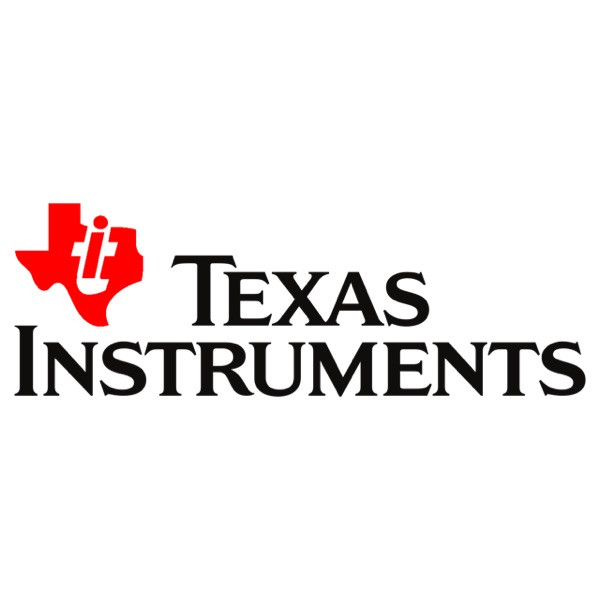Advancing vehicle autonomy and safety with new chips
12-05-2025 | Texas Instruments | Semiconductors
Texas Instruments provides a new portfolio of automotive lidar, clock and radar chips to help automakers transform vehicle safety by bringing more autonomous features to a wider range of cars. Its new LMH13000, the industry's first integrated high-speed lidar laser driver, provides ultra-fast rise time to improve real-time decision-making. The industry's first automotive BAW-based clocks, the CDC6C-Q1 oscillator and LMK3H0102-Q1 and LMK3C0105-Q1 clock generators, enhance ADAS reliability. The company's new AWR2944P mmWave radar sensor addresses evolving ADAS needs and offers advanced front and corner radar capabilities.
"Our latest automotive analog and embedded processing products help automakers both meet current safety standards and accelerate toward a collision-free future," said Andreas Schaefer, TI general manager, ADAS and Infotainment. "Semiconductor innovation delivers the reliability, precision, integration and affordability automakers need to increase vehicle autonomy across their entire fleet."
A crucial technology for the future of safe autonomous vehicles, lidar provides a detailed 3D map of the driver's surroundings. This allows vehicles to accurately detect and swiftly react to obstacles, traffic and road conditions to enhance real-time decision-making. The new LMH13000 is the industry's first integrated high-speed laser driver to deliver an ultra-fast 800ps rise time, attaining up to 30% longer distance measurements than discrete solutions. With integrated LVDS, CMOS and TTL control signals, the device eradicates the necessity for large capacitors or additional external circuitry. This integration also supports an average 30% reduction in system costs while lowering solution size by four times, empowering design engineers to discretely mount compact, affordable lidar modules in more areas and across more vehicle models.
As lidar technology reaches higher output currents, vast variations in pulse duration over temperature make it challenging to fulfil eye safety standards. The company's laser driver provides up to 5A of adjustable output current with only 2% variation across its -40C to 125C ambient temperature range, compared to discrete solutions that can have up to 30% variation. The device's short pulse-width generation and current control allow the system to meet Class 1 U.S. Food and Drug Administration eye safety standards.
Electronics in ADAS and in-vehicle infotainment systems must work reliably when encountering temperature fluctuations, vibrations, and EMI. With the company's BAW technology benefits, the new CDC6C-Q1 oscillator and LMK3H0102-Q1 and LMK3C0105-Q1 clock generators increase reliability by 100 times compared to conventional quartz-based clocks, with a failure-in-time rate of 0.3. Improved clocking precision and resilience in harsh conditions allow safer operation, cleaner data communication, and higher-speed data processing across next-generation vehicle subsystems.
Further, the company unveiled a new front and corner radar sensor, the AWR2944P, building on its widely adopted AWR2944 platform. The new radar sensor's enhancements improve vehicle safety by expanding detection range, improving angular accuracy, and allowing more sophisticated processing algorithms.
The company's new automotive lidar, clock and radar solutions build on the company's commitment to helping engineers design adaptable ADAS for a safer, more automated driving experience.



